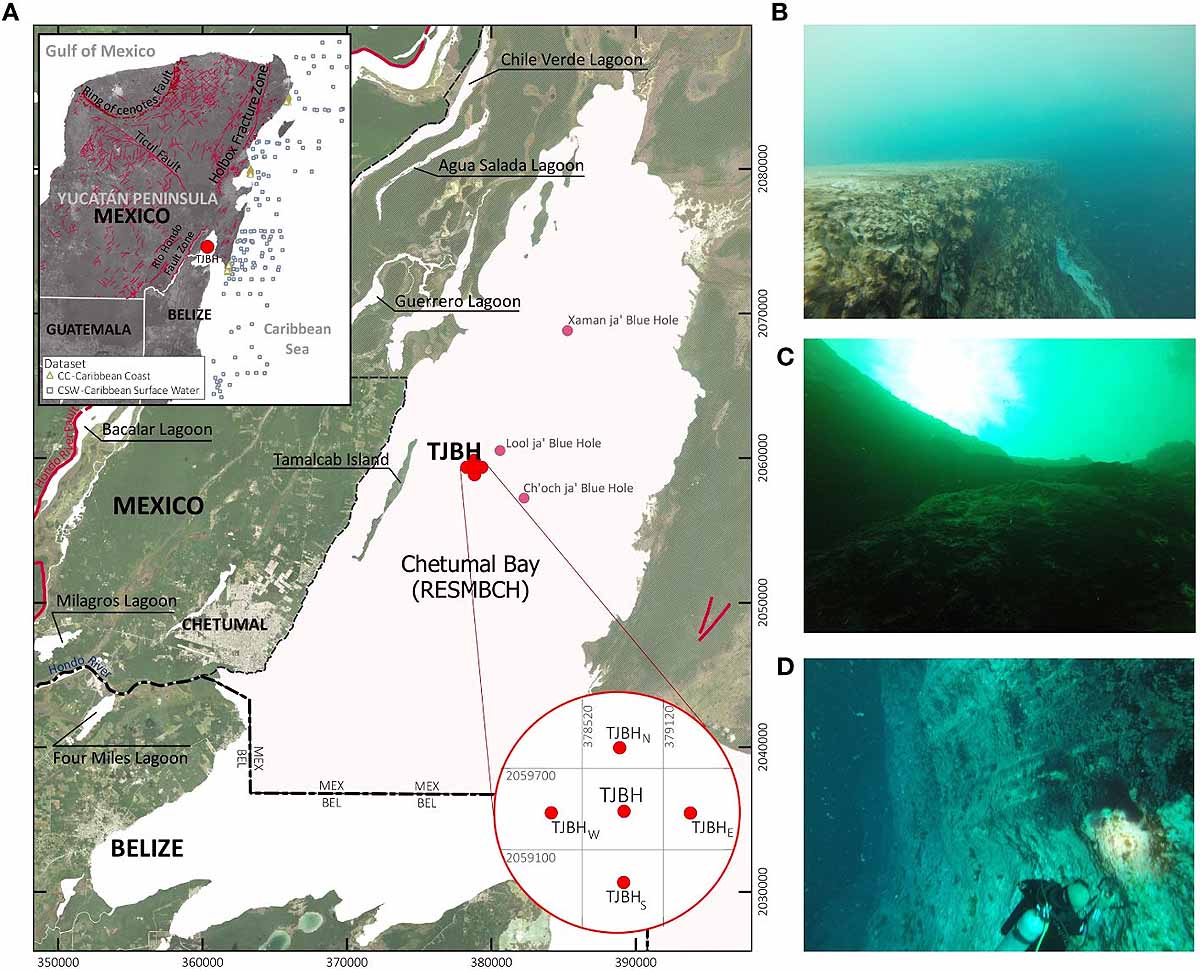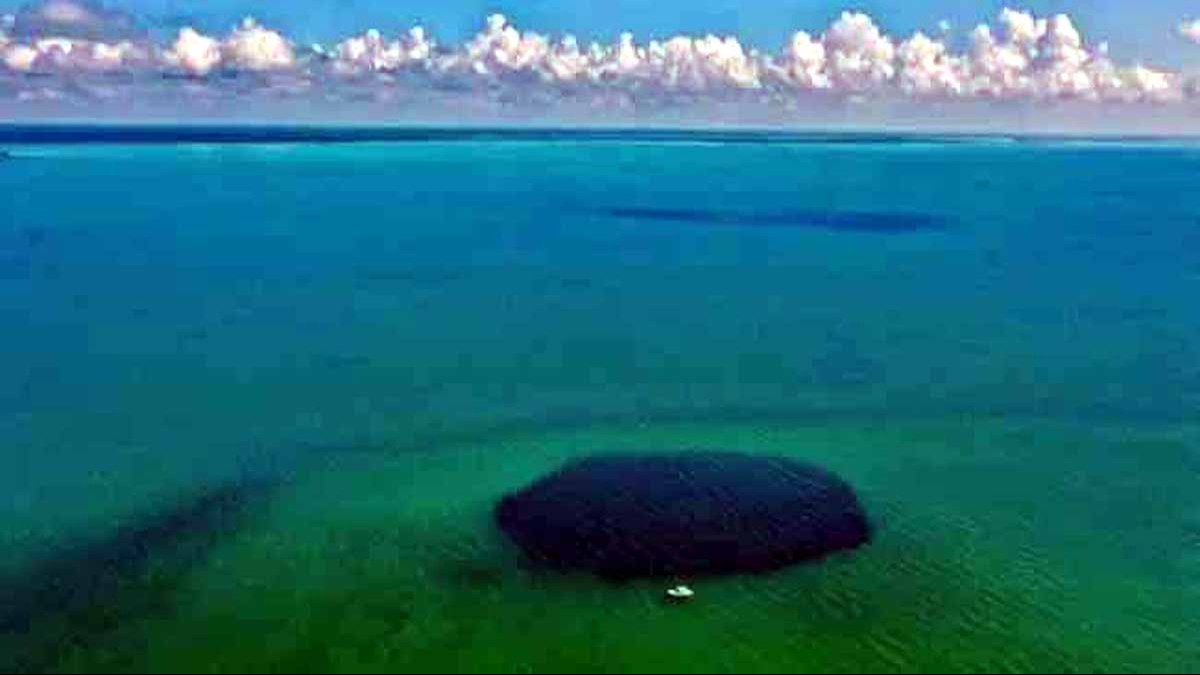Scientists have discovered the world's deepest hole, located in Mexico's Yucatan Peninsula at Chetumal Bay. Known as the Taam Ja Blue Hole, its depth remains unmeasured, but preliminary calculations suggest it is around 1,380 feet deep—well beneath the ocean's surface, creating a direct connection to the underworld. To date, no scientist has reached its bottom.
Previously, the record for the deepest hole was held by the Dragon Hole in the South China Sea, which is 990 feet deep. The Taam Ja Blue Hole surpasses the Chinese hole by an astounding 390 feet. On December 6th of last year, scuba divers discovered this hole, and a report was published about it on April 29th of this year in the journal Frontiers in Marine Science
Scientists used a Conductivity, Temperature, and Depth profiler (CTD) to gauge the depth. This technology provides real-time data of underwater surfaces, confirming that this is the deepest blue hole in the world, still unvisited by any diver or submarine.

Source: aajtak
What are blue holes?
The CTD profiler also revealed that at a depth of 1,312 feet, numerous caves and tunnels branch out from this hole. They are interconnected, with temperature and salinity levels similar to those found in the Caribbean Sea. Blue holes, or sinkholes, are vertical cavities under the water's surface. They often connect to an underground network of tunnels, though sometimes they remain isolated.
The bottom of these cavities usually contains limestone, marble, and gypsum. Notable examples include the Dean's Blue Hole in the Bahamas, Dahab Blue Hole in Egypt, and the Great Blue Hole in Belize. Scientists caution that accurately determining the full depth of this hole may take more time because current instruments cannot withstand the deep sea pressures, and underwater currents pose a risk of severing the CTD profiler's cable, which is why it was pulled back from its maximum depth of 1,380 feet.




